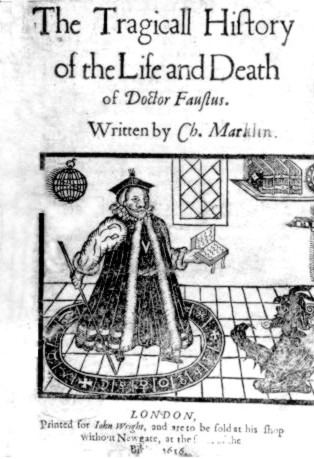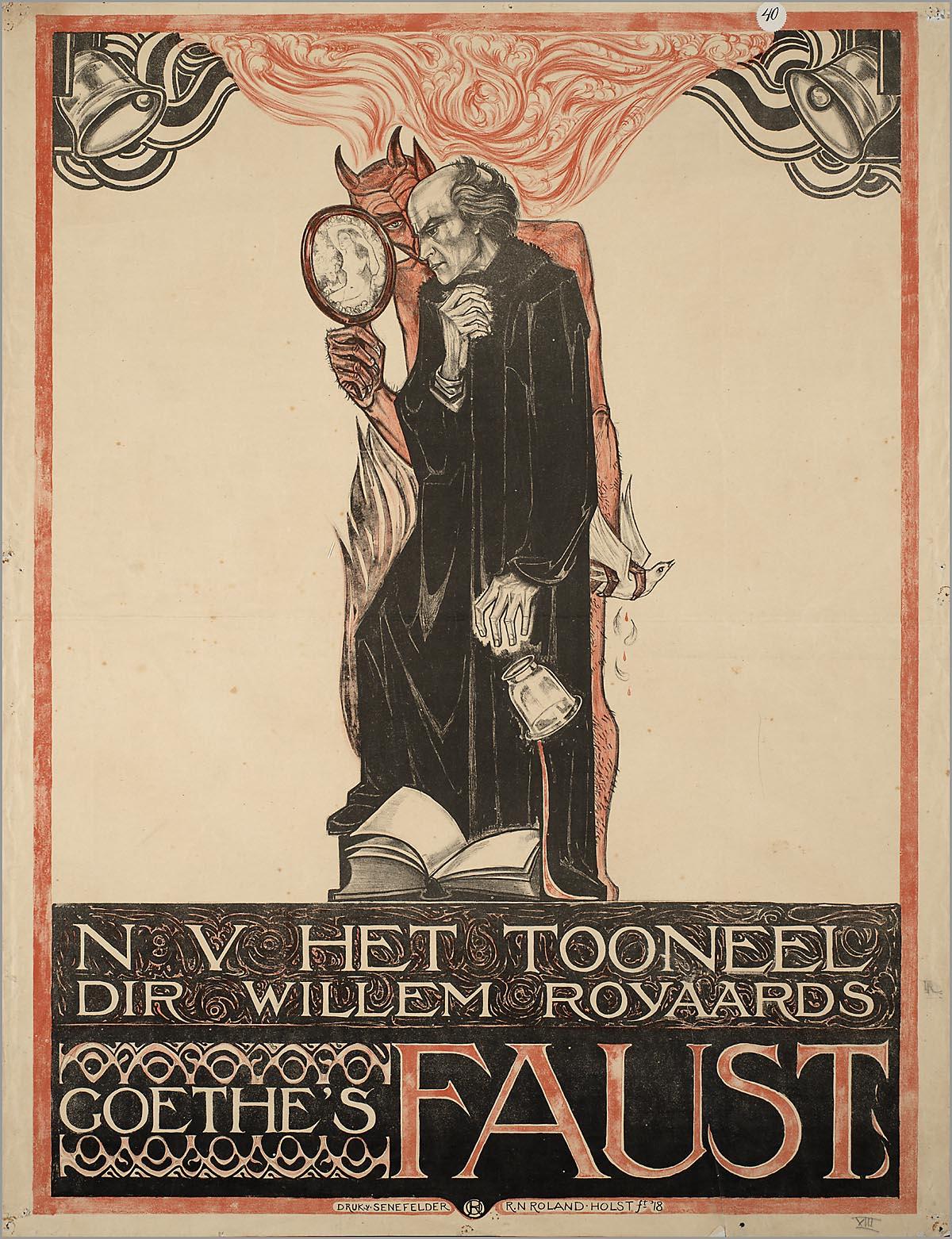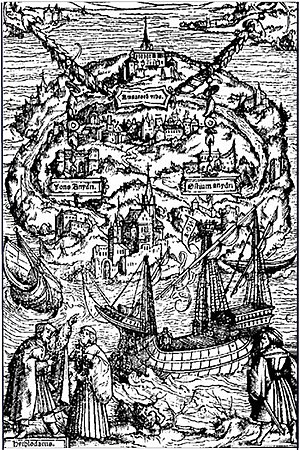The story of a man who seeks power and knowledge is not uncommon throughout history. Even when man's solution to weakness and ignorance is in the realm of Lucifer's power and black magic, the story can still be seen in such as the following examples.
The Bible
The Bible is the first source where I remember this theme to be apparent. The Book of Job accounts for a bet placed between the devil and God over the faith and resilience of Job. Despite many challenges and temptations, Job never curses God's name.
The second time I see this idea is when Jesus goes out into the wilderness and is tempted by Satan. He tempts him not only to break his fast but to bow before him for all the power in the world.
Doctor Faustus (c. 1592) by Christopher Marlowe
The work by Marlowe is the first rendition that uses the name "Faustus" and provides the base plot specifics for the following examples. Here, a university professor is frustrated by not being able to know everything and trades his soul to the devil for the ability to learn all via his servant Mephistophilis. He is constantly tormented by both angels and demons throughout the play who play in his conscious.
Faust (c. 1832) by Goethe
The work by the mysticist German philosopher, Goethe respins the story first presented by Marlowe. Presented in two parts, Goethe's work offers several differences. The story begins in heaven where Satan claims that he can turn God's favourite human (Faust) against him. Faust, who is frustrated by the inability to learn transcendent knowledge, agrees to Mephistopheles compact with the devil. He later seduces and impregnates Gretchen and drowns their unborn child, demonstrating how corrupt Faust had become. The second play begins with Faust awakening in a mystic world where he continues a cycle of adventures.
Doctor Faustus (1947) by Thomas Mann
This story closely resembles Marlowe's original. Adrian Leverkühn, a fictitious music composer, becomes increasingly depressed by his writers-block. A demon offers to help him for 24 years in exchange for eternal service to Lucifer. He agrees and intentionally contracts syphilis, through his insanity he composed the most excellent music. Near the end of his life, he was plagued by images of death and the apocalypse.
Captain America (1968) by Marvel Comics
First appearing in the 107th Captain America comic book series, Doctor Faustus plays one of the antagonists in the series. While holding no supernatural powers, he is able to convince people into either insanity or suicide through his genius and extensive knowledge of human psychology. Much like the character Mephistophilis in Marlowe's work, Doctor Faustus is a master of mindgames and deceptive mental manipulation.







_-_James_Tissot.jpg)





.jpg)
